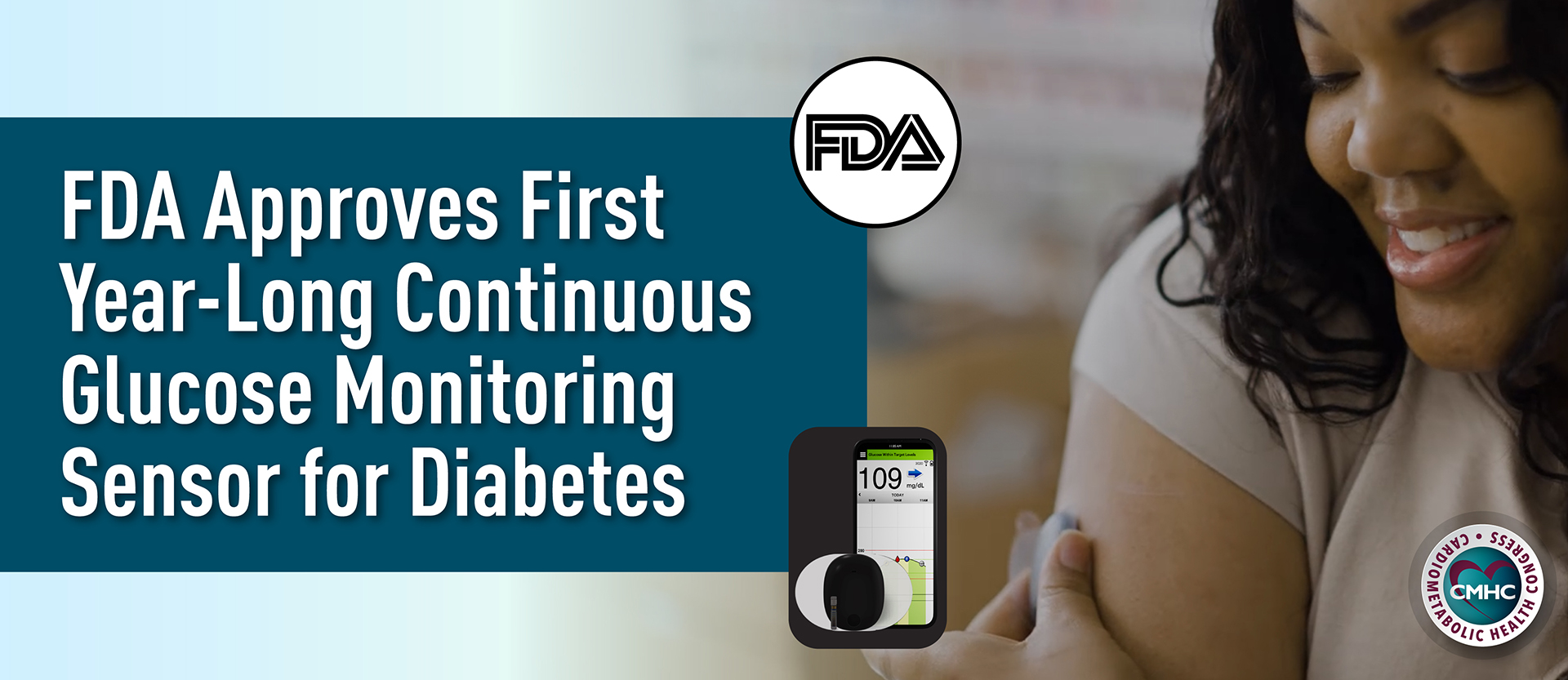Diabetes care is becoming increasingly digital, with emerging technologies providing solutions to previously time-intensive disease management and improving patient outcomes by monitoring vital health measures to prevent detrimental fluctuations in glucose levels. However, treatment of the disease has not witnessed much change in the past decades. The majority of diabetic patients still draw their blood several times a day and self-administer insulin doses delivered via a needle and syringe, a pen-like device, or a portable insulin pump.
Researchers and medical professionals are working toward the common goal of achieving insulin-delivery in a smart, efficient, and convenient manner to simplify condition management for the 400 million people affected worldwide. The latest innovation comes from a bioengineering research team at UCLA, who developed a smart insulin-delivery patch that could potentially monitor and manage glucose levels in diabetic patients and deliver insulin dosages when necessary.
Effects of Insulin Patch on Mice and Minipigs
Led by Zhen Gu, professor of bioengineering at UCLA, the team evaluated the effects of the smart patch in mice and pigs. Findings were published in Nature Biomedical Engineering and revealed that a quarter-sized patch could successfully control glucose levels in animals with type 1 diabetes for sustained periods of time. Gu and his colleagues found that a single quarter-sized patch effectively controlled glucose levels in insulin-deficient mice and 55-pound pigs with type 1 diabetes for approximately 20 hours. One patch was able to regulate glucose for less than 20 hours in pigs over 55 pounds.
Glucose Control Smart Patch
The glucose control patch itself is simple to manufacture and intended to work for 24 hours before needing to be replaced. Doses of insulin are pre-loaded in tiny microneedles, less than one millimeter in length, that deliver medicine quickly when blood sugar levels reach a certain threshold. The technology could prevent insulin overdoses, which can lead to hypoglycemia, seizures, coma, or even be fatal. The microneedle used is much smaller than a regular needle and does not penetrate the skin as deeply, making it less painful.
The microneedles contain glucose-sensing polymers that are encapsulated with insulin, which penetrate under the skin to sense blood sugar levels immediately upon application. Increased glucose levels trigger the polymer to release insulin. Researchers envision that the patch could also be adapted with different compounds to manage other diseases and medical conditions.
“Our main goal is to enhance health and improve the quality of life for people who have diabetes,” Zhen Gu told NBC , “this smart patch takes away the need to constantly check one’s blood sugar and then inject insulin if and when it’s needed. It’s mimicking the regulatory function of the pancreas, but in a way that’s easy to use.”
Already accepted into the FDA’s Emerging Technology Program, the smart patch is awaiting approval for human clinical trials to begin within the next few years. If the patch proves safe and efficacious in human trials, the technology has the potential to revolutionize diabetes care, the patient experience, and ease condition management thereby significantly improving patient outcomes.








